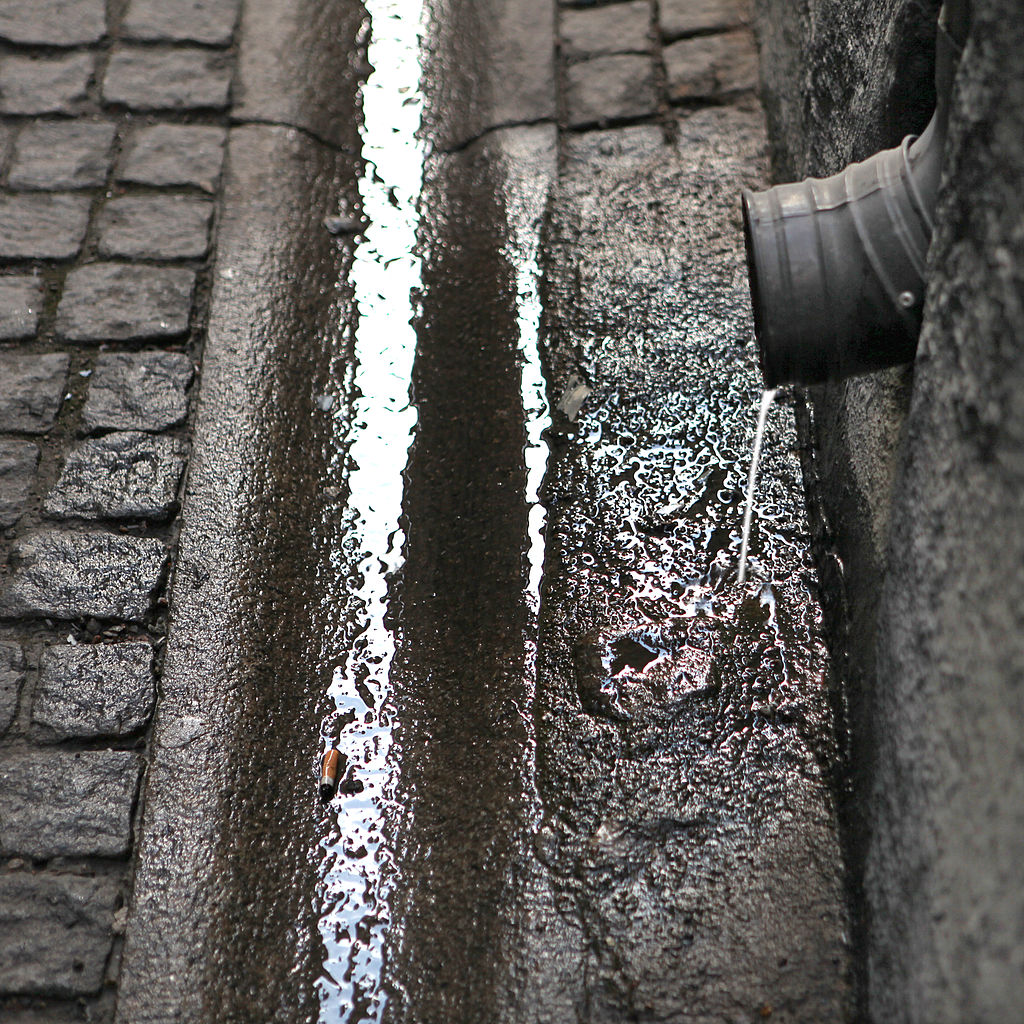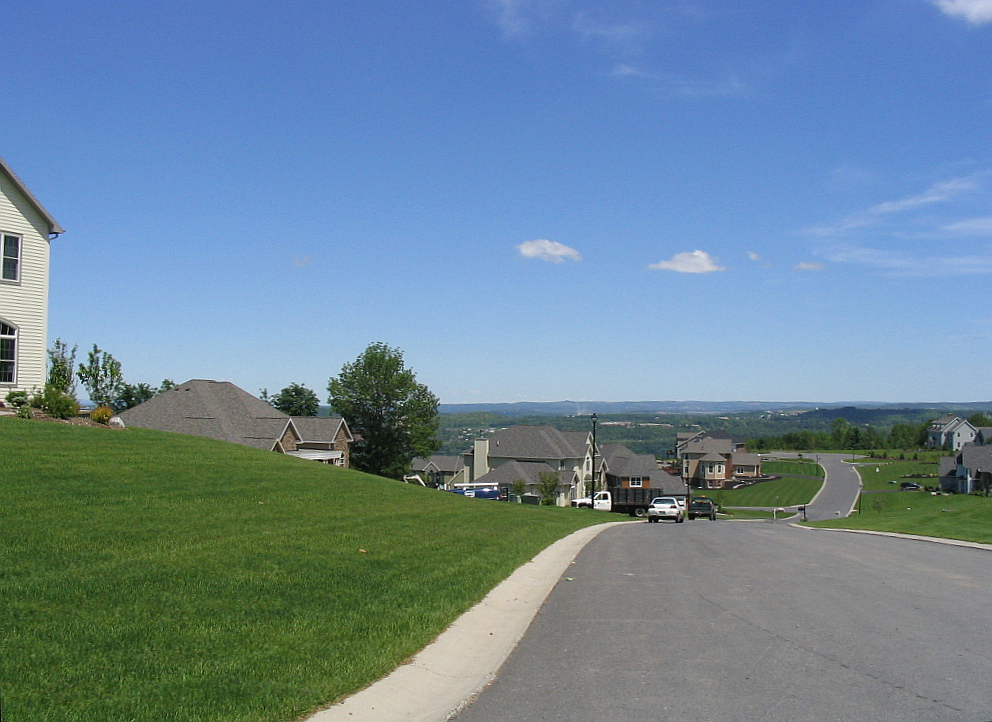Definition
A gutter is a non-permeable open drain to collect transport rainwater. Usually a gutter runs along a road. It is connected to either a manhole or a surface water body (Huizinga R.P., 2015, p. 60). A gutter alleviates water buildup on a street, allowing pedestrians to pass without walking through puddles and reducing the risk of hydroplaning by road vehicles. When a curbstone is present, a gutter may be formed by the convergence of the road surface and the vertical face of the sidewalk; otherwise, a dedicated gutter surface made of concrete may be present. Depending on local regulations, a gutter usually discharges in a storm drain whose final discharge falls into a detention pond (in order to remove some pollutants by sedimentation) or into a body of water.(Wikipedia, Street gutter, accessed on Sept. 2016)
Co-benefits and impacts
-Conditions
A slope of at least 1:500 should be designed to ensure water flow(Huizinga R.P., 2015, p. 60).
Flood management measure
The parent measure, in terms of this measure being a subcategory of the parent one
Case study
Synonyms of Flood management Measure
Last modified: Sept. 15, 2016, 11:32 a.m.


 Ελληνικά
Ελληνικά

